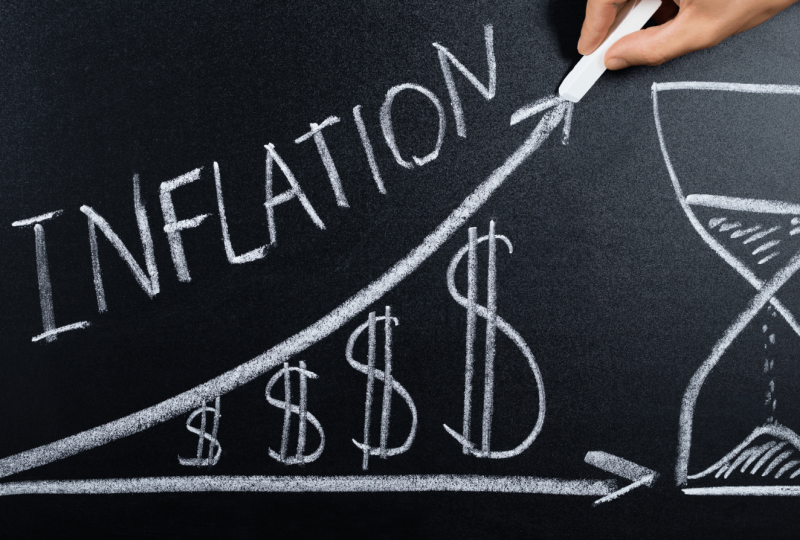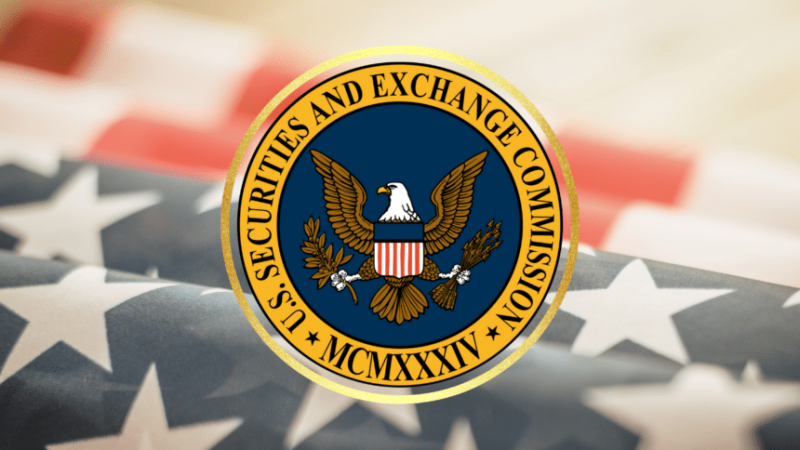What Economists Are Saying About Soaring Inflation
Feb 11, 2022

Consumer prices rose to their highest level in four decades in January, with inflation across the economy showing few signs of a climax after months of gains.
The Consumer Price Index's yearly increase of 7.5 percent at the start of 2022 was the most since 1982, above already-high forecasts for a 7.3 percent increase, according to Bloomberg consensus statistics. Month over month, the CPI surprisingly increased by 0.6 percent for a second consecutive month, contrary to experts' expectations for a decrease. Core inflation, which excludes volatile food and energy costs, again outperformed expectations in January, rising 6.0 percent year over year.
The study was one of the clearest indications yet that inflation — formerly labeled as "transitory" by the Federal Reserve — has become a pervasive component of the economic recovery. And, for many economists, the subsequent increase in prices in January adds fire to the argument that the Fed should move quickly to abandon accommodating monetary policies and tighten financial conditions in order to assist drive prices down.
Stock futures fell, and Treasury rates spiked immediately following the announcement of the CPI data at 8:30 a.m. ET. The benchmark 10-year yield increased to its highest level since August 2019, surpassing the strongly monitored 2% milestone, as investors factored in the possibility of the Federal Reserve raising interest rates this year.
Here are some of the economists' reactions to the most recent inflation figures.
Strength on a broad basis
The contents of the CPI data indicated that customers had few options for protection against rising costs. Increases in the prices of food, energy, and housing all contributed significantly to January's headline inflation rate increase.
"There was widespread strength across all commodities and services," economists at Bank of America Alexander Lin and Meghan Swiber wrote in a report Thursday morning. "The only flimsy component was new automobiles, which remained unchanged. The broad pressure across items is most likely a result of persistent supply chain bottlenecks that have not yet improved much."
"In services, rents remained high, with OER [owners' equivalent rent of homes] increasing 0.42 percent mum [month-over-month] and primary residence rent increasing at a 0.54 percent clip – the fastest pace of growth since October 1992," they stated. "Tight labor markets and accelerating wage growth are anticipated to sustain the rent trend, which may continue to heat up in the coming months."
Other economists remarked that the stabilization of new car price changes was another positive area in the CPI figure.
"The good news in this data — in fact, the only good news — is that new car prices remained steady, following eight consecutive months of rises of more than 1%," Ian Shepherdson, chief economist at Pantheon Macroeconomics, said in an email Thursday morning. "This is a watershed moment in history. Increased inventory, as a result of increased chip supply, boosts sales while also capping pricing."
"Given that automobiles account for 10% of the core CPI, continued decreases would be a significant drag on the overall core inflation rate, which increased to 6.0 percent in January from 5.5 percent in December," he noted. "The peak is projected to occur in March, about 6.5%, but it will then swiftly decline.
Fed will need to bring a larger firehose
However, many economists are urging the Federal Reserve to intervene in the interim. The central bank has indicated that it will halt asset purchases in March and then begin hiking interest rates, boosting borrowing costs, and curbing demand in order to help contain inflation.
"As the inflation fire burns hotter, the Federal Reserve will need a bigger firehose to extinguish it," Chris Rupkey, chief economist at FWDBONDS, said in a note Thursday.
"Inflation is not a temporary blip on the horizon. It is not only consumer items that are increasing in price. Therefore, there is no reason to wait for the epidemic to end and allow more employees to return to work, alleviating supply bottlenecks," he noted.
"Inflation is out of control as a result of excessive consumer demand, and the Federal Reserve's only option is to curb consumer spending." Fed officials can argue all day about how rate rises won't slow down the economy, but the markets understand that this was precisely when the doctor prescribed it to cure this inflation epidemic. Economic growth and consumer demand should be moderated to slow it."
Other commentators concurred : "This research serves as an additional wake-up call for the Federal Reserve. Inflation is here, and it is making its presence felt around the world," Bank of America's Lin and Swiber stated. "We remain confident in our hawkish forecast for the Fed to raise interest rates seven times this year, beginning with the March FOMC meeting."
Hike half-point?
Following Thursday's CPI report, market players were putting in a roughly 50% chance that the Fed will opt for a 50 basis point rate hike at its March meeting. This will be the first-rate rise of more than 25 basis points since 2000 if it occurs.
"The Fed's primary objective, second only to full employment, is price stability, and as such, they must act immediately. It is possible that the actions they have available to them — raising interest rates and shrinking their balance sheet — are insufficient to contain the type of inflation we are currently experiencing, which is why they are in such a difficult position, and market risks are much higher than are currently priced in," Chris Zaccarelli, chief investment officer for Independent Advisor Alliance, wrote in an email Thursday.
While many economists agreed that the inflationary environment warranted a more hawkish Fed, several cautioned that a rate move of a higher magnitude is improbable.
"I believe that given these data and the way the economy performed last year, you could absolutely argue for perspective 50 [basis points]," MKM Partners chief economist Michael Darda told Yahoo Finance Live on Thursday. "However, the Fed is unlikely to do so since doing so would reset market expectations to 50 at each consecutive meeting, and the Fed is unlikely to want to risk-taking that step and then having to reverse course."
"They're likely, to begin with, a more gradual approach. They still have seven meetings this year, and they have the option of raising rates by 25 basis points at each meeting if they determine it is necessary," he added. "And they also have the ability to accelerate rate rises in the future."




